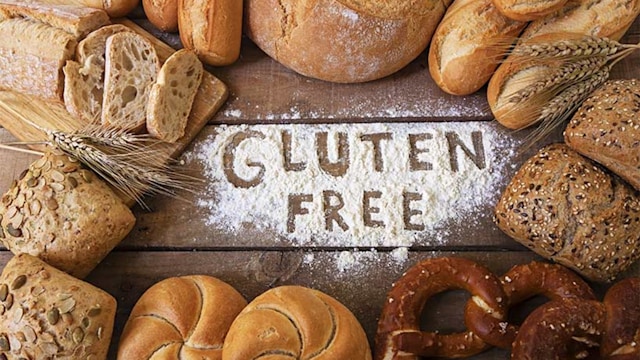Coeliac disease affects one in 100 people in the UK, however with only 24% of people with the condition clinically diagnosed, awareness needs to be raised of the signs and symptoms for people to look out for. Learn more about the condition this Coeliac Awareness Week (8-14 May) with our guide to coeliac disease and how it differs to gluten intolerance.
What is coeliac disease?
Contrary to popular belief, coeliac disease is not a food allergy or intolerance, but is actually an autoimmune disease caused by a reaction to gluten. It means that damage occurs to the gut lining on eating gluten that can lead to an array of symptoms such as severe diarrhoea and vomiting, and long term can be linked with osteoporosis, cancer of the small bowel and unexplained fertility problems.
STORY: Coeliac diet tips and recipes
Zooey Deschanel has coeliac disease
The symptoms of coeliac disease:
The symptoms of coeliac disease vary from person to person and can range from very mild to severe. According to Coeliac UK, possible symptoms may include:
- Severe or occasional diarrhoea, excessive wind and/or constipation
- Persistent or unexplained gastrointestinal symptoms, such as nausea and vomiting
- Recurrent stomach pain, cramping or bloating
- Any combination of iron, vitamin B12 or folic acid deficiency
- Anaemia
- Tiredness
- Sudden or unexpected weight loss (but not in all cases)
- Mouth ulcers
- Hair loss (alopecia)
- Skin rash (dermatitis herpetiformis)
- Tooth enamel problems
- Depression
- Liver abnormalities
- Repeated miscarriages
- Neurological (nerve) problems such as ataxia (loss of co-ordination, poor balance) and peripheral neuropathy (numbness and tingling in the hands and feet).
How to diagnose coeliac disease:
It can take a long time to diagnose coeliac disease because symptoms are similar to those with other conditions, such as irritable bowel syndrome. Your GP can carry out a blood test to check for coeliac disease, and if gluten intolerance is suspected, an elimination diet will likely be recommended.
STORY: Novak Djokovic reveals how going gluten-free changed his life
A strict gluten-free diet is the only cure for coeliac disease
Treatment for coeliac disease:
There is no treatment for coeliac disease, only to follow a strict gluten-free diet. Some of the main sources of gluten include flours and flour based foods, bread, pasta, cereals, cakes and biscuits. Gluten is also found in many other products such as sausages, gravies, sauces and soy sauce.
What is the difference between coeliac disease and a gluten intolerance?
Some people may develop symptoms when they eat gluten-containing foods even if they don't have coeliac disease. Known as non-coeliac gluten sensitivity, this is where similar symptoms to coeliac disease are experienced but without the damage to the gut lining or the associated antibodies.
See all of the latest health features here.
